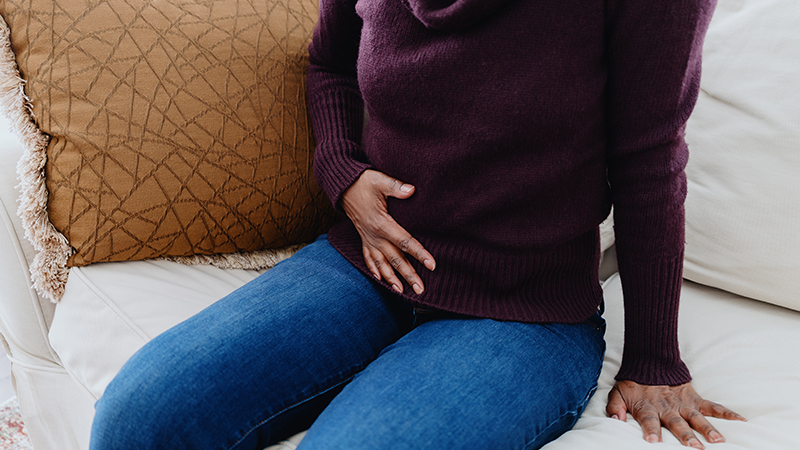What’s in Your Medicine Cabinet?
What to Have, How to Store It, and When and How to Get Rid of It
Published November 2021
Most medicine cabinets hold typical household hygiene items, like toothpaste, cotton swabs, cough drops and maybe a dull pair of tweezers. But what should you actually have on hand to help get rid of that pesky cough or pounding headache?
"There isn't a single answer to what each home should have on standby, and it depends a lot on an individual's underlying diseases or current prescription medications," says Northwestern Memorial Hospital PGY2 Cardiology Pharmacy Resident Matthew Boyd, PharmD. As a general rule, though, he says that some over-the-counter medications are good to have on standby:
- Acetaminophen for mild pain relief.
- An antihistamine for allergy symptoms.
- Antacids for heartburn.
- A multivitamin to supplement your daily diet.
To the untrained eye, medications can often look the same.— Matthew Boyd, PharmD
Where to Store Medication
Once you have the right medications in your home, be sure to store them safely out of reach of children. Boyd recommends the following strategies:
- Store medicine in elevated or out-of-reach cabinets.
- Use a locked drawer for an extra safety measure.
- Keep pills in bottles with safety caps.
These elevated cabinets or locked drawers are common in bathrooms, but that may not be the best location to keep medications. "The heat and humidity that is usually produced in a bathroom can cause a sort of decomposition of the medication," Boyd says. "This decreases its integrity and functionality."
Likewise, the high elevation and drastic decrease of temperature in a cargo compartment of an airplane can impact medication, so be sure to keep it in your carry-on when traveling. This can prevent it from losing effectiveness while also allowing you to keep a watchful eye on it.
How to Store Medication
It has been trendy in recent years to take things out of their original packaging and store them in more aesthetically pleasing containers. When it comes to medication, this could become a medical nightmare.
"Many pills are just some variation of a small white tablet," Boyd says. "To the untrained eye, medications can often look the same." Boyd advises that you keep all medications in their original packaging so that you always are sure of labeling and instructions.
If you cannot keep all your medication in its original packaging — if you use a daily pill box, for example — there are a few things you can do to avoid a mix-up:
- Have your pharmacist print off a medication list. This list usually includes the name of your medication(s), dosage instructions, reason for taking and a description of what each one looks like.
- Call your pharmacist. Describe the color, shape and imprint code on your medication, and they should be able to help you identify it.
When and How to Dispose of Medication
All medications have an expiration date. If you find yourself digging through your medicine cabinet and discover a bottle of antibiotics from a few years back, Boyd says disposal is always necessary.
"Even though they may not be toxic, it's not appropriate to continue their use," he explains. Expired medications may no longer be effective.
The U.S. Food & Drug Administration provides information on a variety of ways to appropriately dispose of medication:
- The best option is to find a Drug Take Back location in your community.
- If you cannot locate a Drug Take Back location near you, see if the medication can be flushed. Before you flush any medication, confirm it is on the FDA list.
- If the first two options are not possible, mix the medication with an unappealing substance, like dirt, coffee grounds or kitty litter, place in a sealed plastic bag and put in the trash. Do not crush pills.
If you are ever unsure of what to do with your medication, ask your pharmacist.





